Hi, has anyone had problems with their kitchen hood and grease?
jh72
2 years ago
last modified: 2 years ago
Featured Answer
Sort by:Oldest
Comments (56)
chispa
2 years agoRelated Discussions
Has anyone ever used an Imperial Vent Hood?
Comments (8)Yes. I put one in my former home back around 1990. A friend had one in her home and I was impressed with it. I've missed it terribly. We both had flush mounts, quiet and removed steam very well. It was nice to have it retract when not using. I don't deep fry so I can't say how well it extracts grease. But it did do a wonderful job of removing steam from several large pots of boiling water, or when pan frying burgers. I'd like to install one of these when I remodel my current kitchen....See MoreHas anyone's child ever had a Herbst appliance?
Comments (24)My 13 year old granddaughter will be wearing one of these Herbst appliances very soon, but it's not intended to correct an overbite or underbite. She had been experiencing headaches for about the past two years, and for over a year her jaw has been making a loud clicking sound as she opens and closes her mouth causing her pain each time. She was finally taken to a dentist who then referred her to an orthodontist. They thought it may be TMJ, so the doctor ordered an MRI of her jaw area. It was not TMJ. The right side of her jaw isn't even connected, and the clicking noises are coming from left side of her jaw . The orthodontist said he has never seen a case so sever as this in a child before...only saw cases like this with adults who have been in a traumatic auto accident, or who have had a forceful blow to their face. Her mom doesn't recall any such things ever happening as she was growing up. But I do remember when she had a root canal and cap done at the age of 3 or 4 years old. I distinctly recall how she cried in pain for hours afterwards and I couldn't find a way to comfort her. I even drove her back to the dental office where it was performed that same day and they insisted nothing was wrong with her. The orthodontist who just recently requested the MRI be done, said she has a smaller mouth than most others. I have a gut feeling, and from after talking with others about this, that there's a possibility that when they did the root canal procedure it may have partially dislocated her jaw and that her jaw never went back into the normal position as she was growing all these years. The Orthodontist does not guarantee that wearing the Herbst will even solve her problems in the end, which is heart wrenching to even think of. It's even more heartbreaking to know the pain she is going to have to endure wearing this appliance. But worse, if it doesn't work, they said surgery is the next option. I've heard that with surgery nerves will be cut and loss of feeling in the chin area occurs causing the person to always drool. That would be so traumatic for any teenager to have to deal with. This is so difficult to even imagine what might happen in the long run. I just pray that wearing the Herbst will completely correct her condition. Please, if there is anyone else who has had this similar condition, please let me know how your results were with wearing this appliance....See MoreHas anyone had experience purchaisng from Signature Hardware?
Comments (19)I have purchased faucets, a Kohler toilet, and a washbasin with legs from Signature. All were very good quality, their customer service was superb, and 7 years later, everything works quite well and still looks very good. I bought one bathroom of polished chrome, one of polished nickel and one of polished brass (footed tub fixtures)....See MoreCleaned kitchen hood baffles, but grease still dropping.
Comments (8)The baffles act in the same manner as the beloved-by-some Vent-a-Hood squirrel cage blower: They extract the larger end of the grease particle spectrum by centrifugal extraction. If this is not taking place because the air speed is too low as the air follows the N-path of half of any pair of baffles, then [greasier then desired] greasy air ends up above the baffles. After centrifugal extraction, the main methods of depositing grease are impingement (due to duct turbulence) and condensation (hood and duct is colder than the plume). Slow air velocities enhance condensation and high air velocities favor impingement. I have never investigated hoods that act as grease traps by being, it seems from your description, one giant baffle pair. Sorry but it is too late tonight to start another quest....See MorePatricia Colwell Consulting
2 years agoraee_gw zone 5b-6a Ohio
2 years agojh72
2 years agojh72
2 years agokaseki
2 years agodarbuka
2 years agodadoes
2 years agoopaone
2 years agojh72
2 years agokaseki
2 years agojh72
2 years agojh72
2 years agojh72
2 years agojh72
2 years agoUser
2 years agolast modified: 2 years agojh72
2 years agoUser
2 years agolast modified: 2 years agojh72
2 years agoRoyHobbs
2 years agolast modified: 2 years agoRoyHobbs
2 years agoopaone
2 years agolast modified: 2 years agojh72
2 years agojh72
2 years agovinmarks
2 years agoopaone
2 years agoopaone
2 years agoFori
2 years agolast modified: 2 years agokaseki
2 years agojh72
2 years agojh72
2 years agolast modified: 2 years agokaseki
2 years agoraee_gw zone 5b-6a Ohio
2 years agojh72
2 years agojh72
2 years agojh72
2 years agolast modified: 2 years agokaseki
2 years agoopaone
2 years agoFori
2 years agojh72
2 years agolast modified: 2 years ago
Related Stories
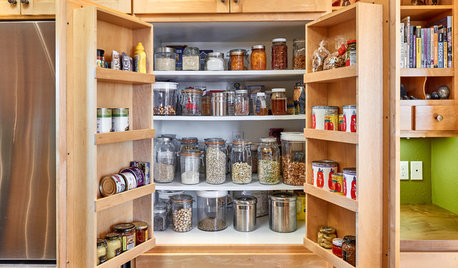
KITCHEN MAKEOVERSThis Kitchen’s Custom Storage Has a Place for Everything
An architect helps Oregon homeowners remodel their kitchen and make their storage more functional for the long term
Full Story
KITCHEN DESIGNHow to Choose the Right Hood Fan for Your Kitchen
Keep your kitchen clean and your home's air fresh by understanding all the options for ventilating via a hood fan
Full Story
KITCHEN MAKEOVERSKitchen of the Week: Hand-Painted Range Hood and Classic Finishes
A designer puts hardworking materials, repurposed features and personal touches to work in her own charming kitchen
Full Story
KITCHEN DESIGNWhat to Know When Choosing a Range Hood
Find out the types of kitchen range hoods available and the options for customized units
Full Story
KITCHEN DESIGNThe Most Common Kitchen Design Problems and How to Tackle Them
Check out these frequent dilemmas and expert tips for getting your kitchen design right
Full Story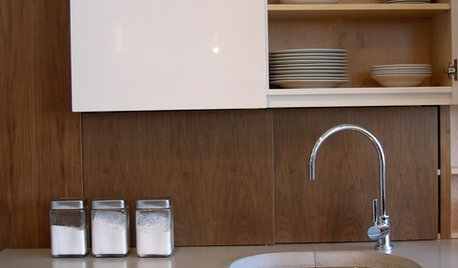
KITCHEN WORKBOOK8 Kitchen Amenities You'll Really Wish You Had
Keep kitchen mayhem and muck to a minimum with these terrific organizers and other time-saving, mess-preventing features
Full Story
KITCHEN APPLIANCESThe Many Ways to Get Creative With Kitchen Hoods
Distinctive hood designs — in reclaimed barn wood, zinc, copper and more — are transforming the look of kitchens
Full Story
KITCHEN DESIGNThe Cure for Houzz Envy: Kitchen Touches Anyone Can Do
Take your kitchen up a notch even if it will never reach top-of-the-line, with these cheap and easy decorating ideas
Full Story
KITCHEN MAKEOVERSOak Cabinets and a Stucco Hood Add Texture to This View Kitchen
Lake Washington is visible from the island in this renovated Seattle kitchen, designed with functional zones and a deck
Full Story
KITCHEN DESIGN15 Statement Range Hoods to Inspire Your Kitchen Remodel
See how 15 range hoods add personality and an intentionally designed look to their kitchens
Full Story


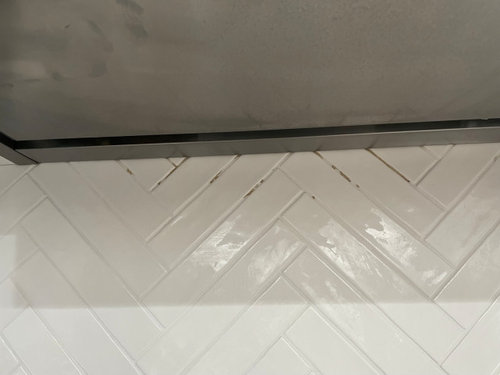
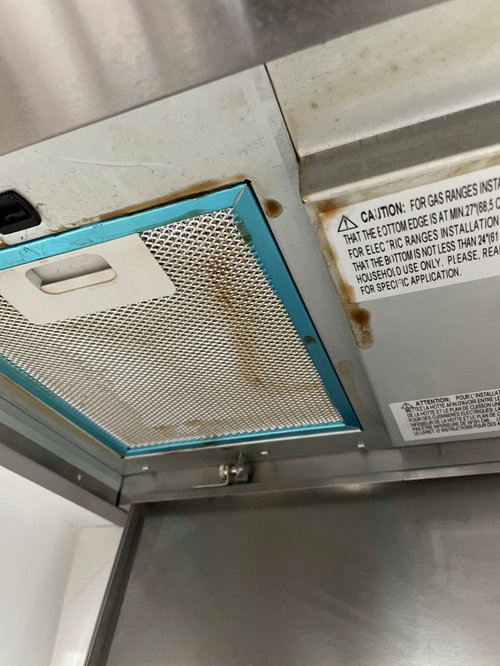
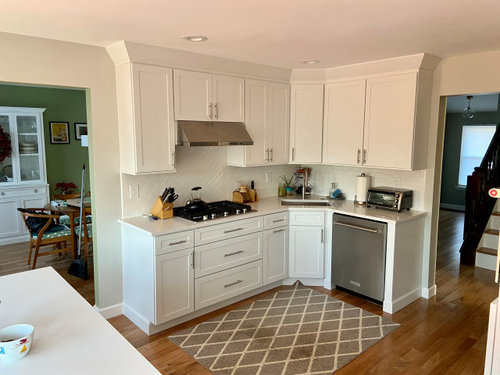
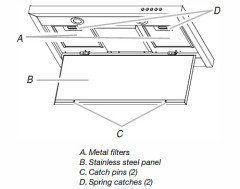
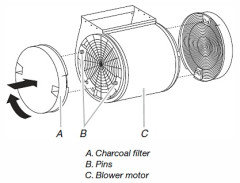
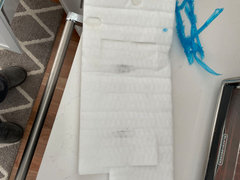
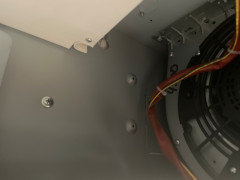

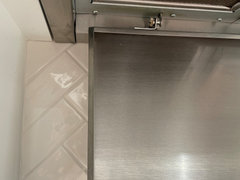
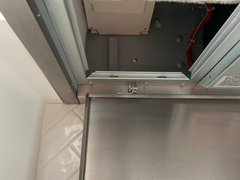
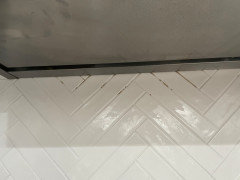
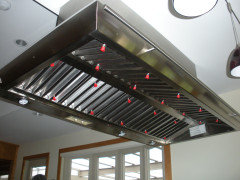
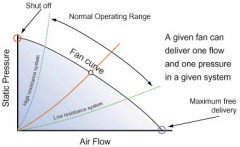
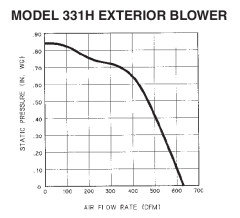
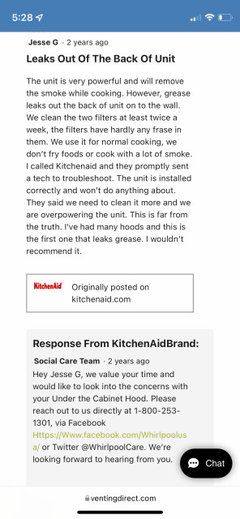

M Riz